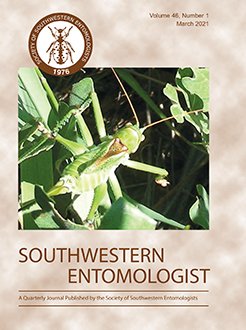Since the success of the U.S. Boll Weevil Eradication Program and widespread adoption of genetically modified crops, the cotton fleahopper, Pseudatomoscelis seriatus (Reuter), has reemerged as a significant cotton pest. Current management strategies for the pest are based primarily on foliar applications of insecticides. A line of cotton that produces modified Bt Cry51Aa2 protein was developed for Lygus spp., but the protein has also shown activity against the cotton fleahopper. Consequently, before this new Bt line can be released commercially, refuge requirements and other Insect Resistance Management (IRM) strategies mandated by the Environmental Protection Agency need to be established to prevent or delay development of resistance by cotton fleahopper to the new toxin. In response, we provide and discuss relevant information on the biology and ecology of the cotton fleahopper, including life history, host preference, dispersal, and population genetic structure, that may be useful for developing IRM strategies for the pest.
How to translate text using browser tools
25 March 2021
Cotton Fleahopper Biology and Ecology Relevant to Development of Insect Resistance Management Strategies
Kristin Hamons,
Tyler Raszick,
Lindsey Perkin,
Gregory Sword,
Charles Suh
ACCESS THE FULL ARTICLE

Southwestern Entomologist
Vol. 46 • No. 1
March 2021
Vol. 46 • No. 1
March 2021




